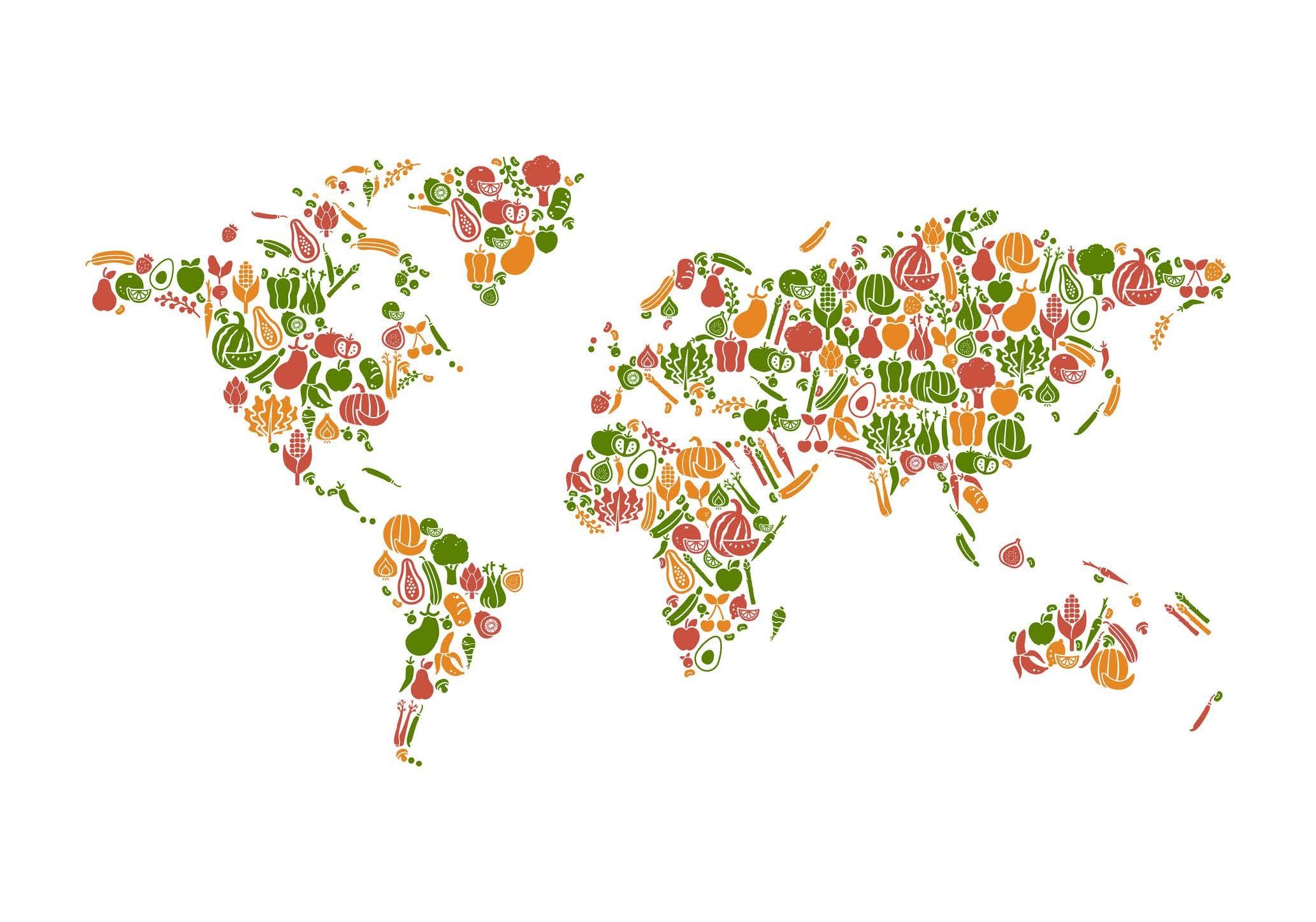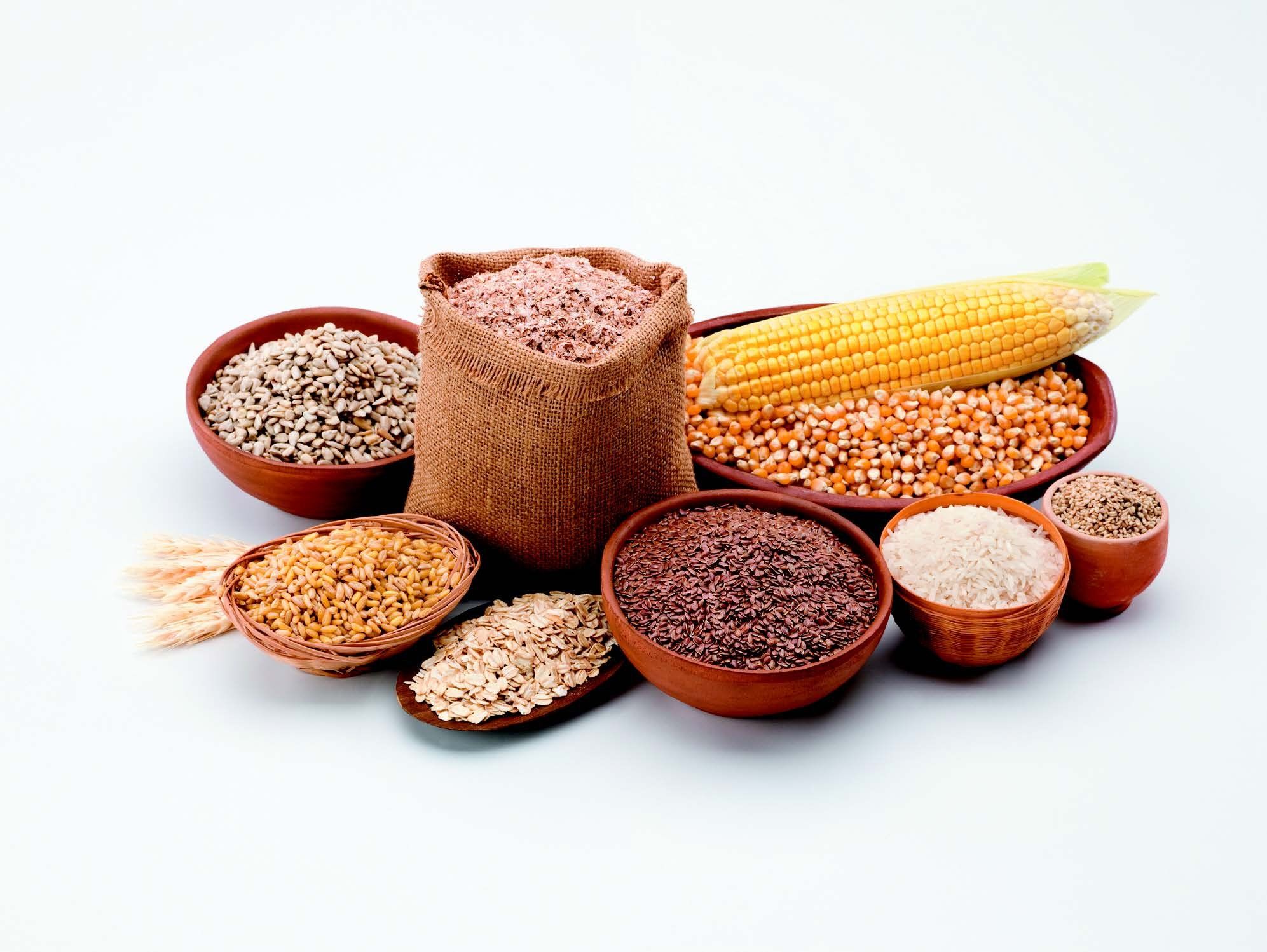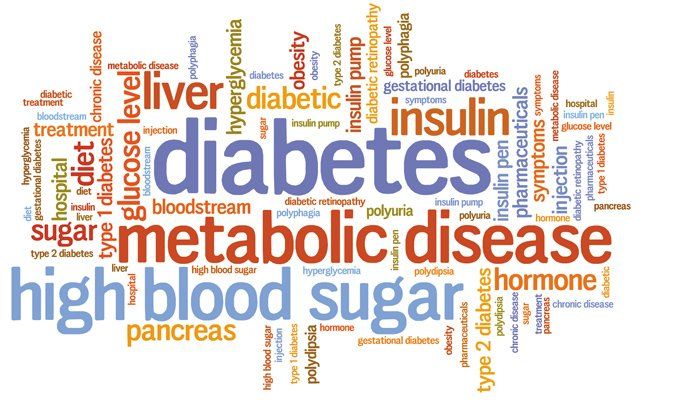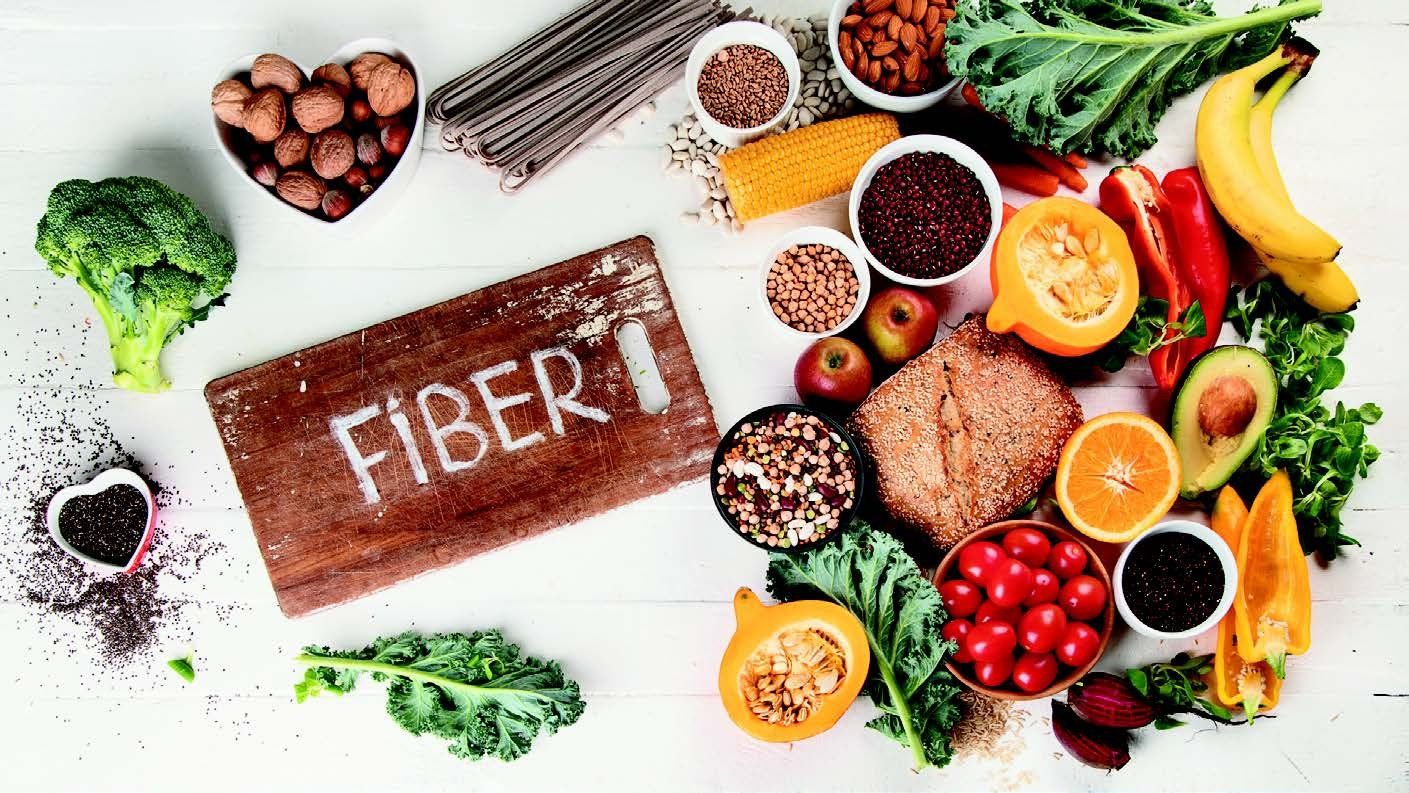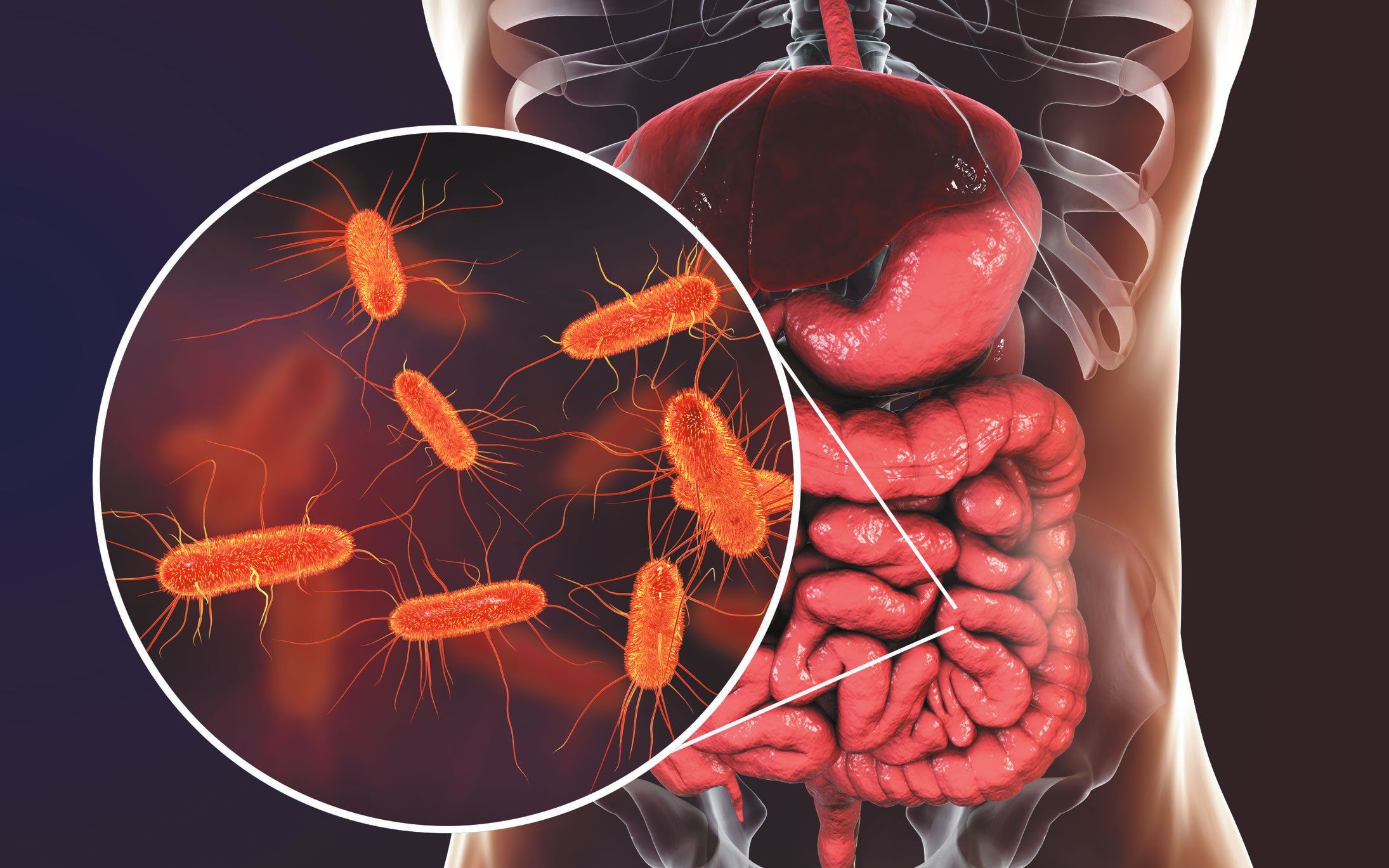Sustainable Eating: The Key to a Healthy Future
Since you are reading this newsletter, you clearly care about your health, and its likely you care about the health of the planet as well. It should come as welcome news that you can help the earth and the rest of its inhabitants while helping yourself-by making health-promoting dietary shifts that support sustainability. …
Health Benefits of Whole Grains
The 2015 Dietary Guidelines for Americans recommend replacing refined grains with whole grains so that at least half of all grains consumed are whole grains. This recommendation is echoed in other guidelines and is backed up by many observational studies in which diets high in whole grains are associated with an array of health benefits compared to diets high in refined grains.
Demystifying Type 2 Diabetes
The prevalence of diabetes is rapidly rising in every country around the world. According to the American Diabetes Association (ADA), nearly 10 percent of the U.S. population-more than 30 million Americans-has diabetes. Another 84 million adults have prediabetes. And, at least a quarter of people with diabetes and the vast majority with prediabetes dont even know they have it. If things dont change, about two in five Americans will develop diabetes in their lifetime.
Beating Hypertension-the Silent Killer
One in three American adults has hypertension (high blood pressure). And, because hypertension causes few obvious symptoms, many people with high blood pressure dont even know it.
Personalized Nutrition
There is evidence that people respond differently to foods or nutrients depending on genetics and other factors, such as the make-up of their gut microbiome. While dietary guidance, such as the Dietary Guidelines for Americans, is designed as a public health tool to impact the health of the population as a whole, the frontier of nutrition science brings us the concept that dietary advice can be adjusted to take individual biological differences into account.
Fish: Why (and How) to Choose this Healthful Protein
Dietary guidelines from governments and health organizations around the world agree: a healthy dietary pattern includes around two servings of fish a week. Most American adults get less than the recommended eight ounces per week. What makes fish such an important part of a healthy diet, and what are the best choices for health and the environment?
Added Sugars: The Facts about Caloric Sweeteners
Americans consume 17 teaspoons of added sugars a day on average (more than one-third cup). Thats not to say we scoop that much into our coffee or tea. Sugar, in one form or another, is added to a huge variety of processed foods, from sweet drinks to cakes, cookies, candy, ice cream, and even breads, yogurt, and seemingly savory condiments and sauces such as ketchup and tomato sauce. Sugars and high added-sugar foods are not healthful choices, and switching sweeteners (say, from high fructose corn syrup to raw cane sugar) is not the answer.
Nutrition News: How Do We Know What to Believe?
Nutrition information (and mis-information) is all around us, in books, magazines, talk shows, news stories, or just a tap of the mouse or the touchscreen away. How do we know if the information we are getting is credible? Interpreting research studies can be difficult, even for highly-trained researchers, says Jeanne P. Goldberg, PhD, professor of nutrition communication at the Friedman School of Nutrition Science and Policy. Sometimes news stories or websites simply get it wrong. Sometimes the author may have an agenda of their own, such as the desire to sell more of a particular product. To be more confident in the information youre getting, try following the ABCs: does the information have Authority? Is there Bias? Is it Complete and current?
Are Added Fibers Good for Our Health?
It is recommended that adults consume between 25 and 30 grams of dietary fiber a day. The average American currently gets about half that amount. According to the latest Dietary Guidelines for Americans, dietary fiber is a nutrient of public health concern, meaning this low level of intake could actually be detrimental to our health. So, its potentially good news that food manufacturers are adding fiber to processed foods. But is that fiber as good for our health as fiber found naturally in fruits, vegetables, nuts, legumes, and whole grains?
The Gut Microbiota
The gut microbiota-a community of trillions of bacteria and other microbes that live in the human digestive tract-may have a powerful impact on human health. The study of the microbiota (or microbiome) is a major frontier in nutrition research, as scientists work to understand how these organisms interact with our bodies and the foods we eat. While work is just beginning in this exciting new field, it is hoped that someday soon we will understand how to take care of our gut microbes, so they can take care of us.




























